Home>Gardening & Outdoor>Plant Care & Gardening Tips>How Long Do Mums Last In The Fall
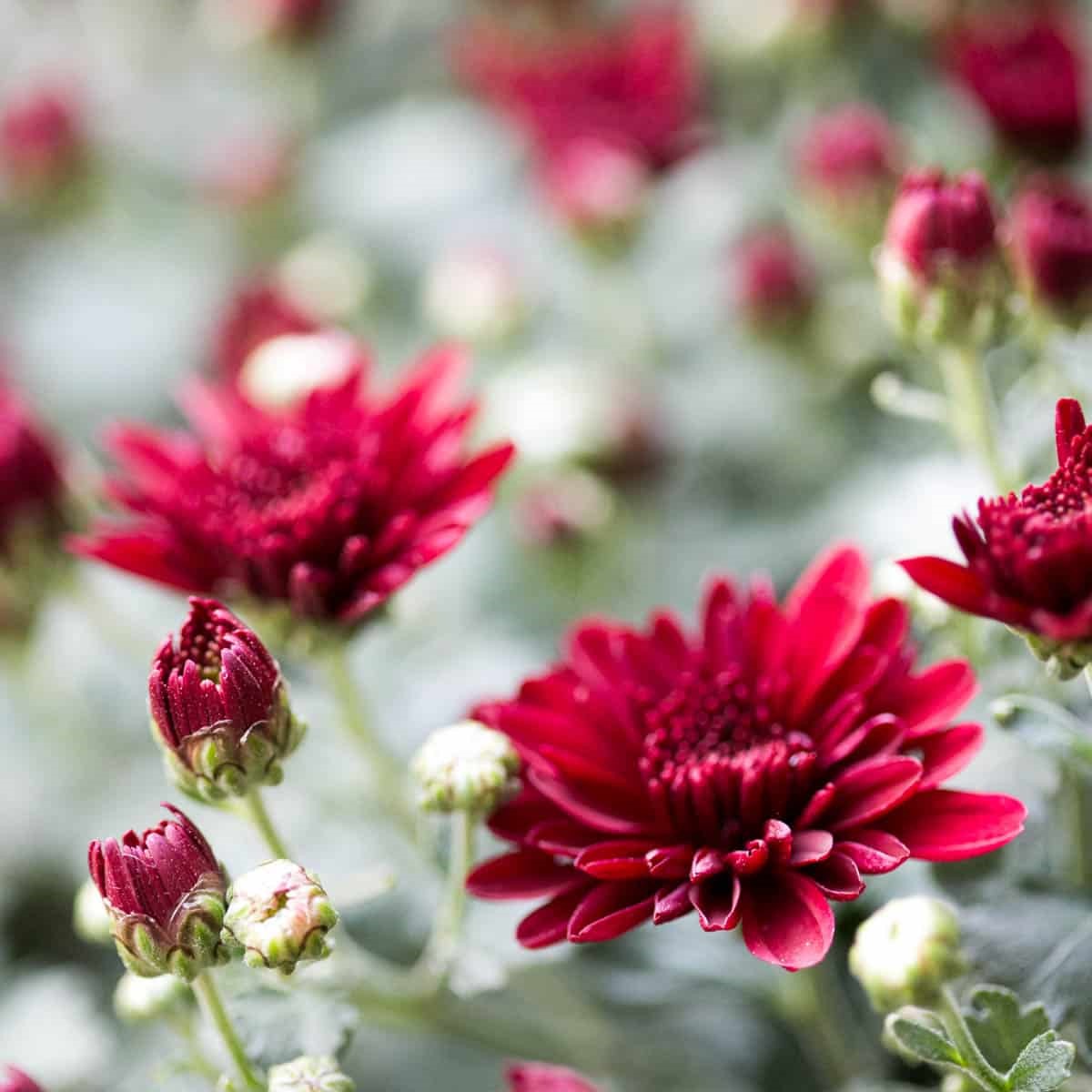

Plant Care & Gardening Tips
How Long Do Mums Last In The Fall
Modified: March 5, 2024
Discover expert plant care and gardening tips for maximizing the longevity of mums in the fall. Learn how to extend the lifespan of your mums with our comprehensive guide.
(Many of the links in this article redirect to a specific reviewed product. Your purchase of these products through affiliate links helps to generate commission for Storables.com, at no extra cost. Learn more)
Introduction
Mums, scientifically known as Chrysanthemums, are a beloved staple of fall gardens and landscapes. Their vibrant blooms in shades of red, yellow, orange, and purple bring a burst of color to the autumn scenery, making them a popular choice for seasonal decorations and landscaping. These hardy perennials are known for their ability to thrive in cooler temperatures, making them a go-to option for adding a touch of warmth to fall gardens.
As the days grow shorter and the temperatures begin to drop, many gardening enthusiasts eagerly anticipate the arrival of mums, knowing that these resilient flowers will brighten up their outdoor spaces. However, despite their reputation for being a symbol of autumn, many individuals wonder about the longevity of mums and how long they can expect these stunning flowers to last.
Understanding the factors that influence the lifespan of mums and learning effective care techniques can help individuals make the most of these beautiful blooms throughout the fall season. By delving into the various aspects that impact the longevity of mums and exploring practical tips for extending their lifespan, gardeners can ensure that their mums remain vibrant and captivating for an extended period.
In this comprehensive guide, we will delve into the factors that affect the longevity of mums, provide valuable tips for extending their lifespan, and highlight the telltale signs that indicate mums are nearing the end of their natural lifespan. Whether you are a seasoned gardener or a novice enthusiast, this article will equip you with the knowledge and insights needed to make the most of your mums and savor their beauty throughout the fall season.
Key Takeaways:
- Mums’ longevity in fall depends on variety, climate, care, and natural lifecycle. Choosing resilient varieties and providing proper care can extend their vibrant blooms throughout the season.
- Recognizing signs of wilting, fading blooms, and reduced flower production indicates mums nearing the end of their natural lifespan. Attentive care and understanding their lifecycle can maximize their remaining time.
Read more: How Long Do Mums Last Outside In The Fall
Factors Affecting the Longevity of Mums
Several key factors play a pivotal role in determining the longevity of mums and the duration for which their vibrant blooms will grace your garden. Understanding these influential elements is essential for nurturing healthy and long-lasting mums.
1. Variety of Mums:
The specific variety of mums planted significantly impacts their lifespan. Some varieties are inherently more resilient and long-lasting, while others may have a shorter blooming period. When selecting mums for your garden, it's beneficial to choose varieties known for their longevity, such as the 'Hardy Garden Mum' or 'Cushion Mums,' which are renowned for their ability to thrive throughout the fall season.
2. Climate and Temperature:
The environmental conditions, particularly the prevailing climate and temperature, profoundly influence the lifespan of mums. Mums thrive in cooler temperatures, and excessive heat can accelerate the wilting of their blooms. Additionally, sudden temperature fluctuations, such as unseasonably warm days or frosty nights, can impact the longevity of mums, making it crucial to provide adequate protection during temperature extremes.
3. Sunlight and Watering:
The amount of sunlight and water mums receive directly impacts their longevity. Adequate sunlight is essential for promoting healthy growth and vibrant blooms, while overexposure to intense sunlight can lead to premature wilting. Similarly, maintaining a consistent watering schedule is crucial, as both underwatering and overwatering can adversely affect the lifespan of mums.
Read more: How Long Do Mums Last
4. Soil Quality and Nutrients:
The quality of the soil and the availability of essential nutrients significantly contribute to the longevity of mums. Well-draining soil enriched with organic matter provides an optimal growing environment for mums, supporting their root development and overall health. Furthermore, supplementing the soil with a balanced fertilizer tailored to the specific needs of mums can enhance their resilience and prolong their blooming period.
5. Pest and Disease Management:
Effective pest and disease management are vital for ensuring the prolonged vitality of mums. Common pests, such as aphids and mites, can compromise the health of mums, leading to wilting and diminished longevity. Implementing preventive measures and promptly addressing any signs of pest infestation or disease can safeguard the mums' wellbeing and extend their lifespan.
By considering these influential factors and implementing appropriate care practices, gardeners can optimize the longevity of mums, allowing these captivating flowers to thrive and adorn their outdoor spaces throughout the fall season.
Tips for Extending the Lifespan of Mums
Caring for mums in a manner that promotes their longevity involves a combination of attentive practices and strategic measures. By implementing the following tips, gardeners can extend the lifespan of mums and relish their captivating beauty for an extended period.
-
Strategic Planting: When selecting a location for mums, opt for areas with well-draining soil and ample sunlight. Adequate sunlight exposure is crucial for promoting robust growth and vibrant blooms, while well-draining soil prevents waterlogging, which can compromise the health of mums.
-
Appropriate Watering: Establishing a consistent watering routine is essential for mums. It is advisable to water the plants deeply but infrequently, allowing the soil to dry out slightly between watering sessions. This approach encourages healthy root development and prevents issues associated with overwatering, such as root rot.
-
Mulching: Applying a layer of organic mulch around the base of mums offers multiple benefits. Mulch helps regulate soil temperature, retains moisture, and suppresses weed growth, creating an optimal growing environment for mums.
-
Deadheading Spent Blooms: Regularly removing faded or spent blooms from mums promotes continuous flowering and redirects the plant's energy towards producing new buds. This practice prolongs the blooming period and enhances the overall appearance of the plant.
-
Fertilization: Providing mums with a balanced fertilizer formulated for flowering plants can bolster their resilience and promote prolonged blooming. It is advisable to follow the manufacturer's guidelines for application frequency and dosage to avoid over-fertilization.
-
Protection from Extreme Conditions: Shielding mums from extreme weather conditions, such as intense sunlight and frost, is crucial for preserving their vitality. Utilizing shade cloth during excessively sunny days and covering the plants during frosty nights can safeguard them from potential harm.
-
Pest and Disease Monitoring: Regularly inspecting mums for signs of pest infestation or disease is essential for early detection and prompt intervention. Implementing preventive measures, such as using insecticidal soap and maintaining good air circulation, can help mitigate potential threats to the mums' health.
-
Supportive Structures: In regions with unpredictable weather patterns, providing support structures, such as stakes or cages, can prevent the mums from being damaged by strong winds or heavy rainfall, thereby prolonging their lifespan.
By incorporating these tips into their care routine, gardeners can effectively extend the lifespan of mums, ensuring that these vibrant flowers continue to adorn their outdoor spaces with their enchanting hues throughout the fall season.
Signs that Mums are Nearing the End of Their Lifespan
As the fall season progresses, it is essential for gardeners to be attuned to the signs indicating that mums are approaching the end of their natural lifespan. Recognizing these indicators enables proactive measures to be taken, ensuring that the mums' remaining time is maximized and their graceful transition is facilitated. Here are the key signs that signify mums are nearing the end of their lifespan:
-
Fading Blooms: The vibrant and lush blooms of mums may start to fade, losing their intense coloration and appearing increasingly lackluster. Fading blooms are a clear indication that the mums have reached an advanced stage of their blooming cycle.
-
Wilting and Drooping: As mums near the end of their lifespan, their stems and foliage may exhibit signs of wilting and drooping. The once taut and upright stems may gradually lose their rigidity, resulting in a visibly drooping appearance.
-
Reduced Flower Production: Mums approaching the end of their lifespan may exhibit a decline in flower production. The emergence of new buds and blooms becomes noticeably sparse, signaling the natural progression towards the end of the blooming period.
-
Yellowing Leaves: The foliage of mums may begin to show signs of yellowing or browning as they near the end of their lifespan. This discoloration is a common indicator that the plant is redirecting its resources and preparing for the dormant phase.
-
Stem Browning and Brittle Texture: The stems of mums may start to exhibit browning or develop a brittle texture as they approach the end of their blooming cycle. This change in stem appearance reflects the plant's transition towards dormancy.
-
Decreased Vigor and Growth: Mums nearing the end of their lifespan may display a noticeable reduction in overall vigor and growth. The once robust and thriving appearance gives way to a more subdued and diminished demeanor.
-
Formation of Seed Heads: Towards the end of their blooming period, mums may begin to form seed heads as part of their natural reproductive cycle. The emergence of seed heads signifies the culmination of the mums' flowering phase.
By recognizing these signs, gardeners can effectively gauge the remaining lifespan of their mums and make informed decisions regarding their care and maintenance. While these indicators signify the approaching end of the mums' blooming period, they also mark the beginning of a new phase in the plant's lifecycle, highlighting the cyclical nature of nature's beauty.
Read more: How Long Do Bloomed Mums Last
Conclusion
In conclusion, the longevity of mums in the fall is influenced by a myriad of factors, including the specific variety of mums, environmental conditions, care practices, and the natural progression of the plant's lifecycle. By understanding these influential elements and implementing effective care strategies, gardeners can extend the lifespan of mums and revel in their captivating beauty throughout the fall season.
The variety of mums chosen for a garden plays a pivotal role in determining their longevity. Opting for resilient and long-lasting varieties, such as the 'Hardy Garden Mum' or 'Cushion Mums,' can significantly impact the duration of vibrant blooms. Additionally, the prevailing climate and temperature, sunlight exposure, watering practices, soil quality, and pest management all contribute to the overall health and longevity of mums.
By adhering to strategic planting, appropriate watering, mulching, deadheading spent blooms, fertilization, and protective measures against extreme conditions, gardeners can effectively extend the lifespan of mums. Regular monitoring for signs of pest infestation and disease, along with the provision of supportive structures, further contributes to the mums' prolonged vitality.
As the fall season progresses, recognizing the signs that mums are nearing the end of their natural lifespan becomes crucial. Fading blooms, wilting and drooping, reduced flower production, yellowing leaves, and the formation of seed heads are indicative of the mums' transition towards dormancy. By being attuned to these signs, gardeners can make informed decisions regarding the care and maintenance of mums, ensuring that their remaining time is maximized and their graceful transition is facilitated.
In essence, the lifespan of mums in the fall is a testament to the cyclical nature of nature's beauty. As these resilient flowers progress through their blooming cycle and prepare for dormancy, they embody the enduring charm of the fall season. By nurturing mums with attentive care and embracing their natural lifecycle, gardeners can savor the fleeting yet enchanting presence of these vibrant blooms, adding a touch of warmth and color to their outdoor spaces.
In embracing the interplay of environmental factors, attentive care practices, and the inherent beauty of mums, gardeners can cultivate a deeper appreciation for the transient yet captivating nature of these beloved fall flowers. As the mums gracefully transition through their lifecycle, they leave an indelible impression, reminding us of the ever-changing yet enduring allure of the natural world.
Frequently Asked Questions about How Long Do Mums Last In The Fall
Was this page helpful?
At Storables.com, we guarantee accurate and reliable information. Our content, validated by Expert Board Contributors, is crafted following stringent Editorial Policies. We're committed to providing you with well-researched, expert-backed insights for all your informational needs.
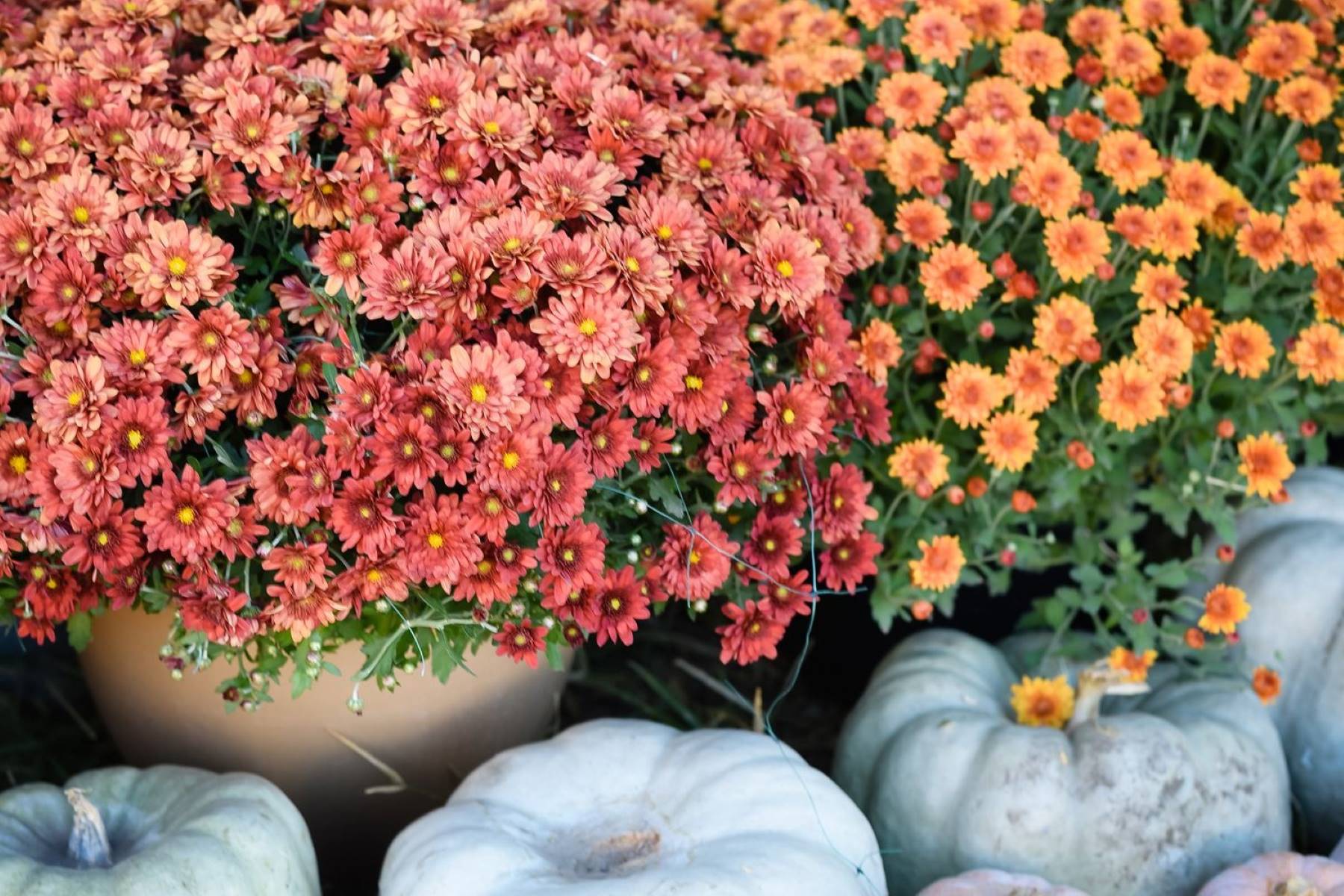
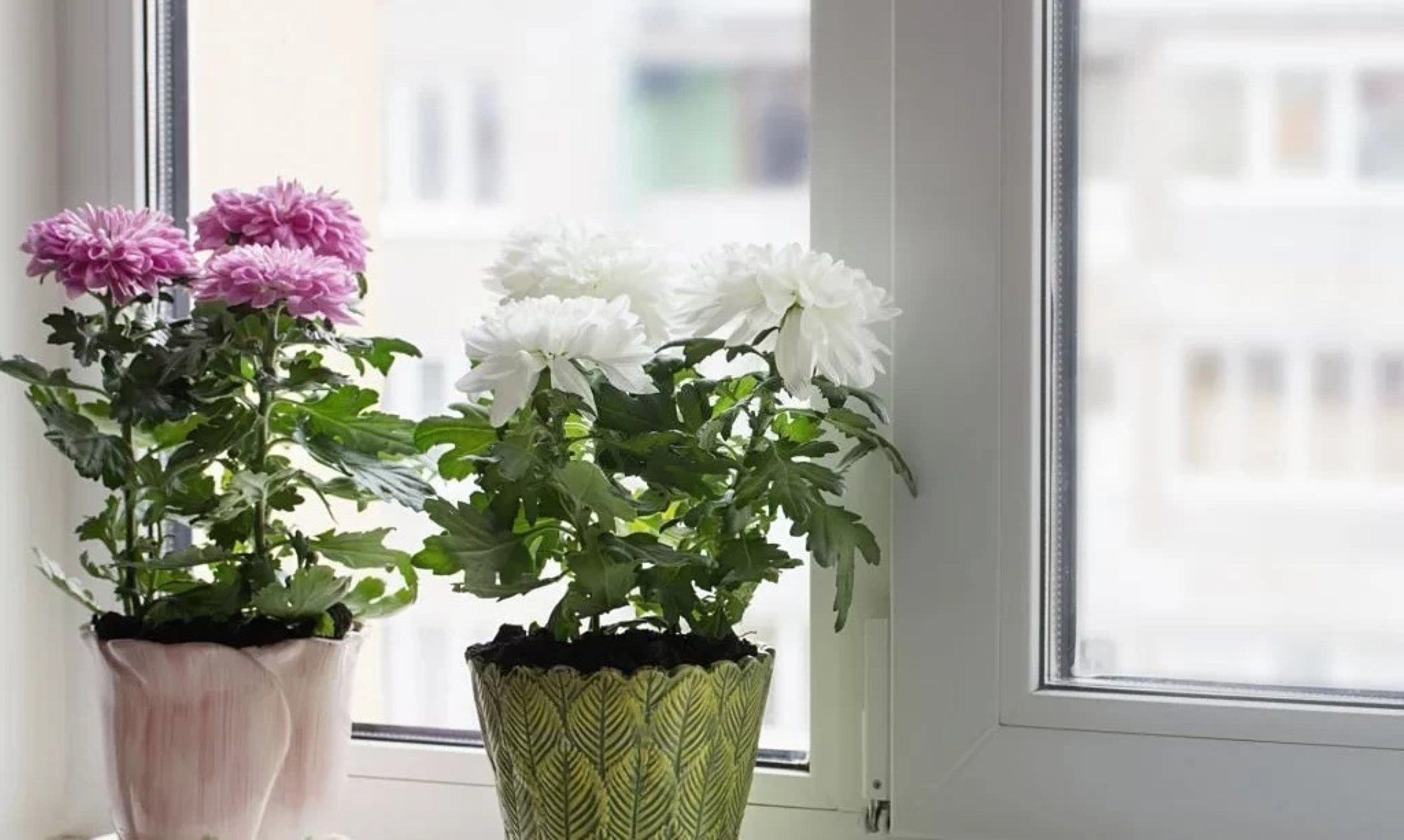
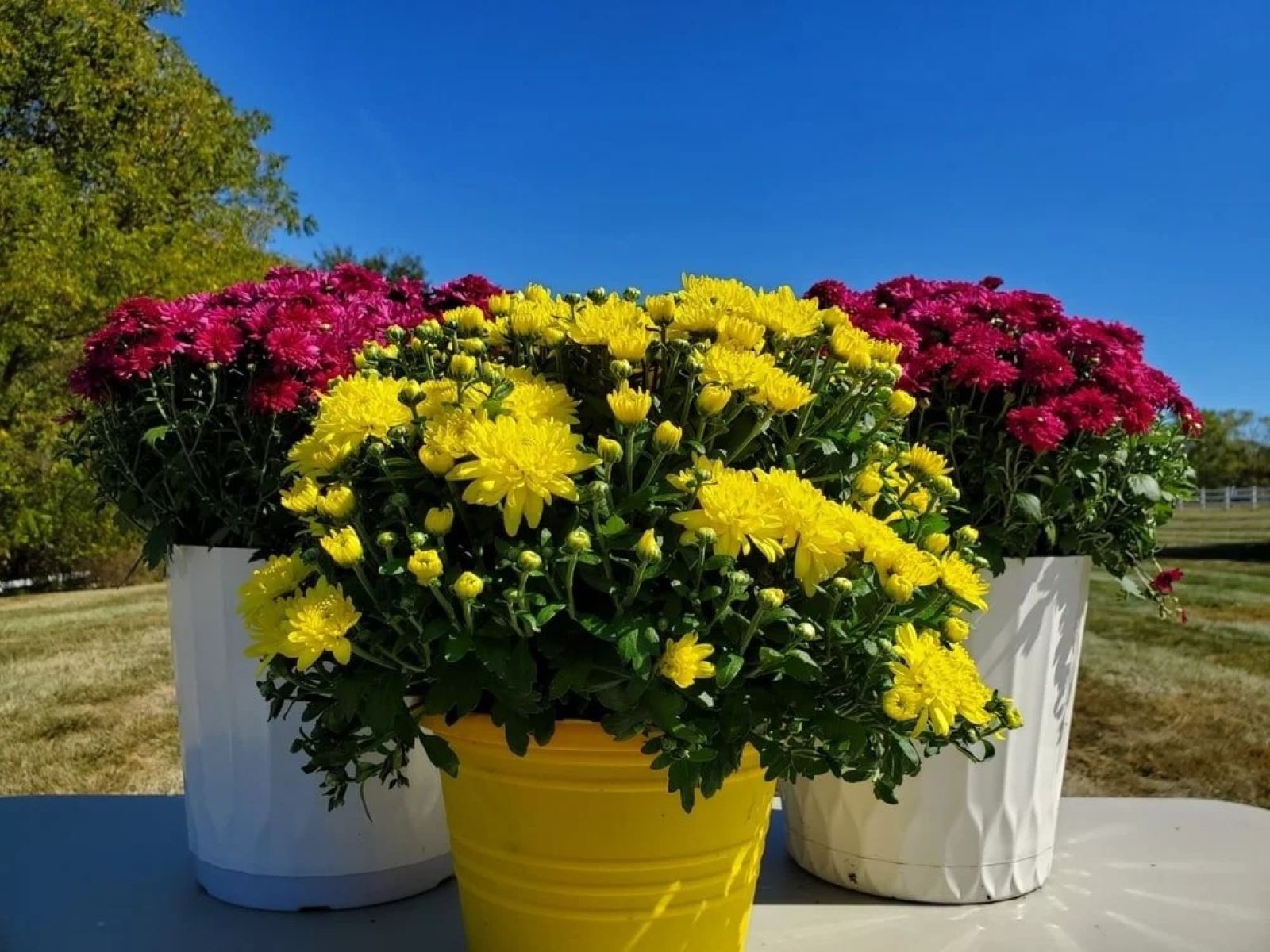
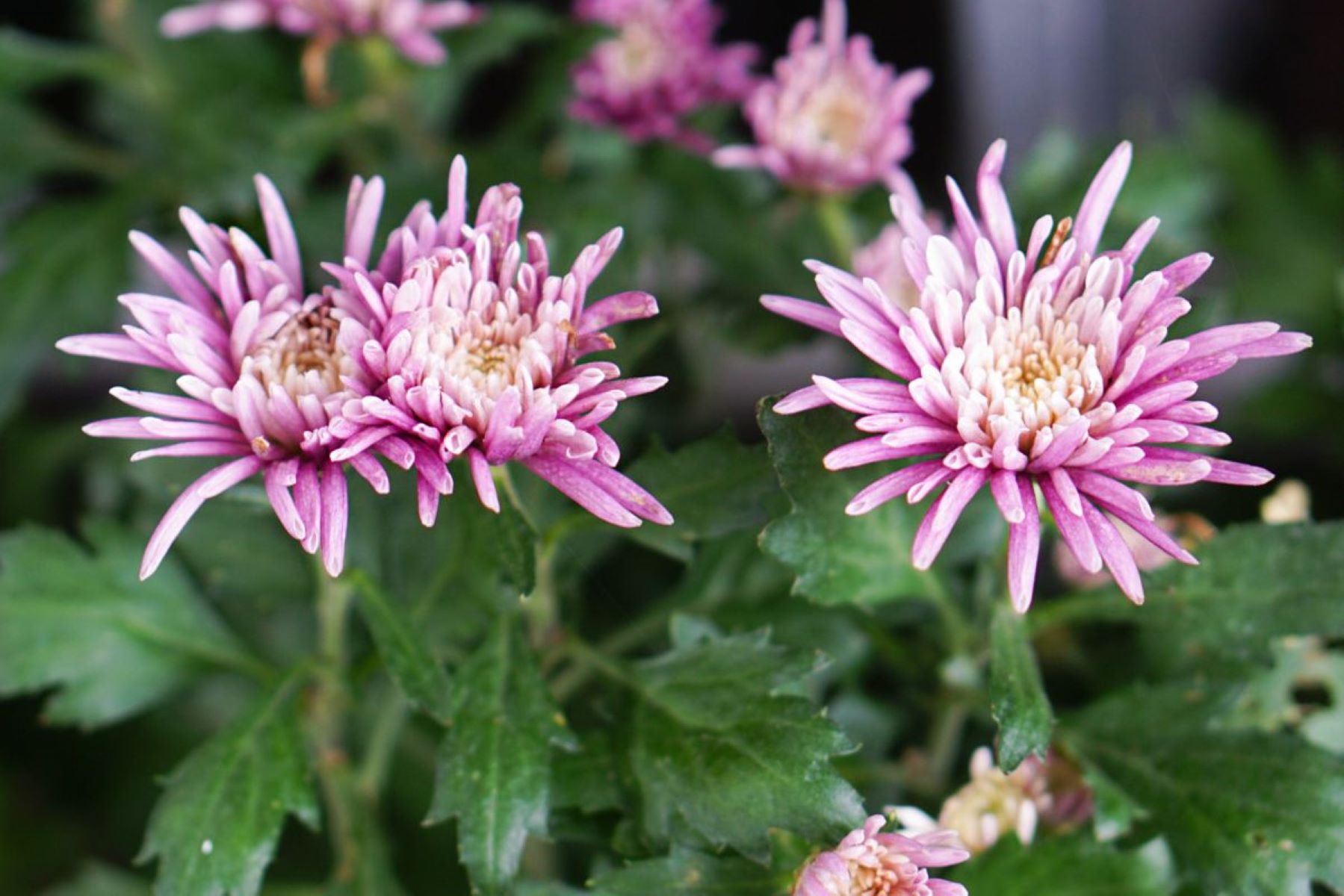
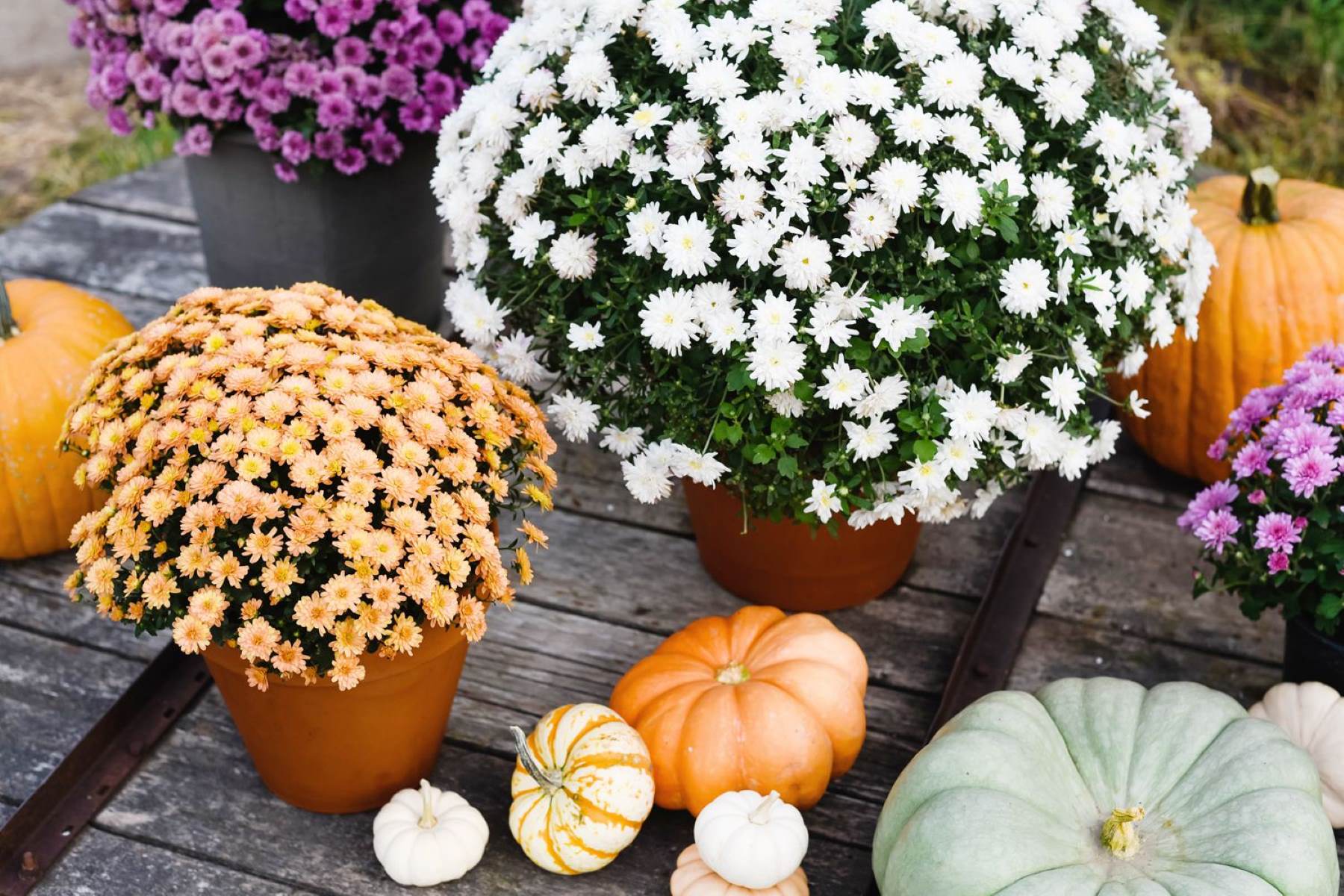


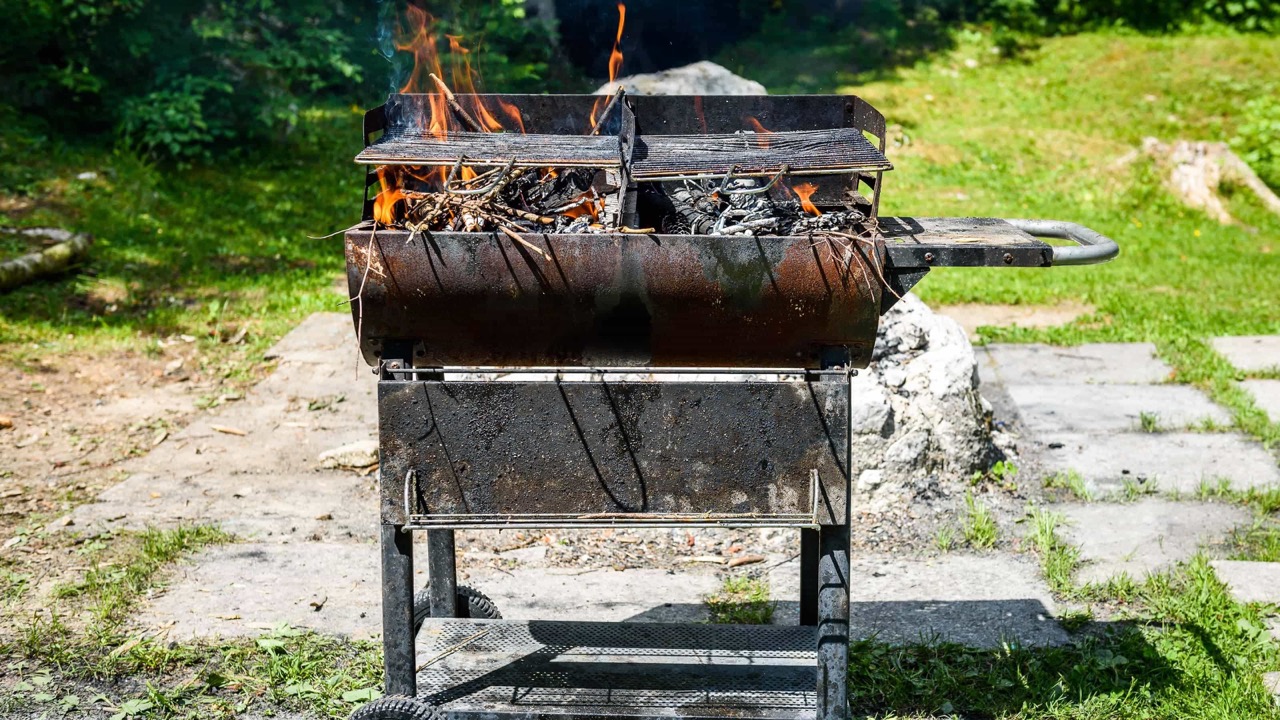


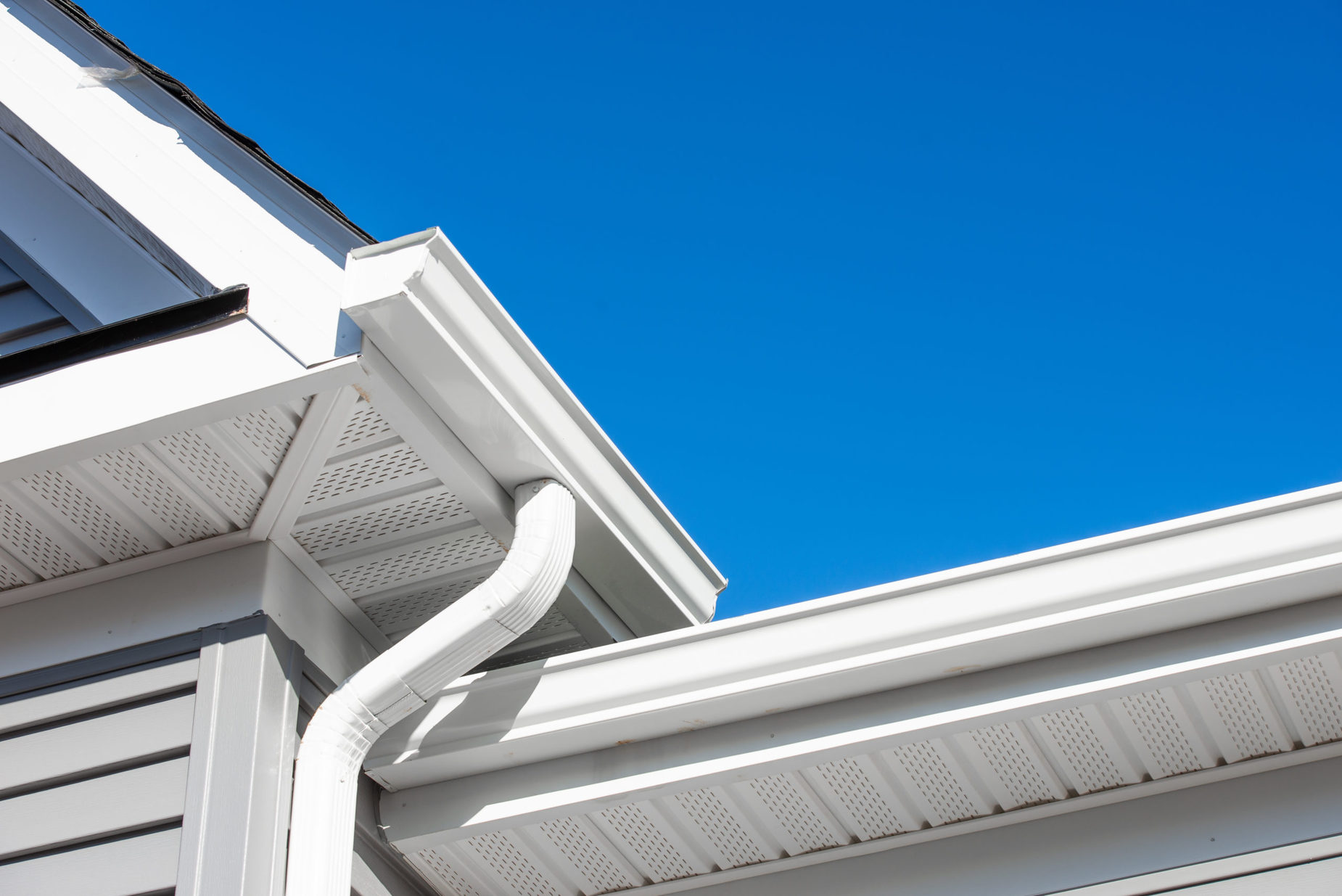
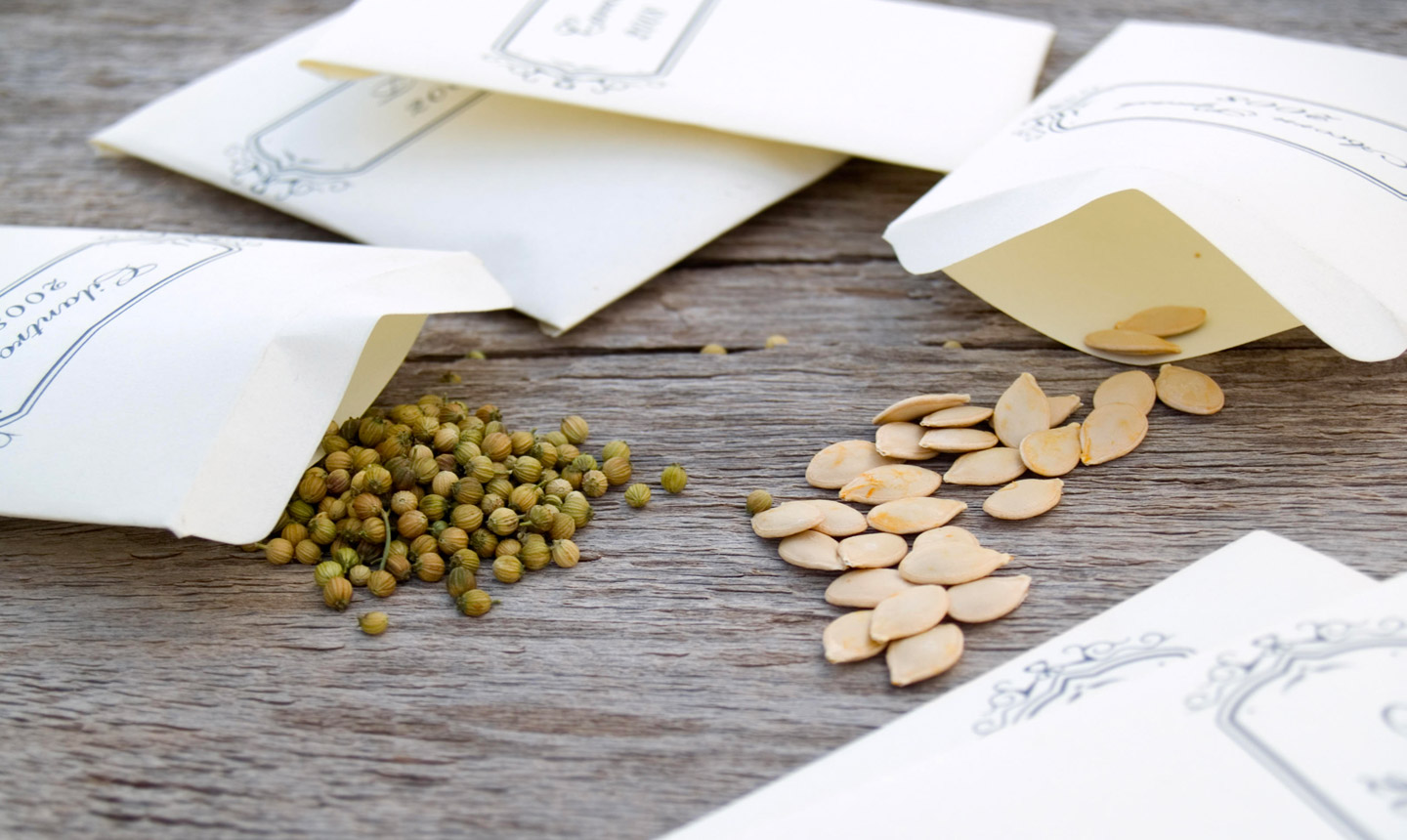


0 thoughts on “How Long Do Mums Last In The Fall”